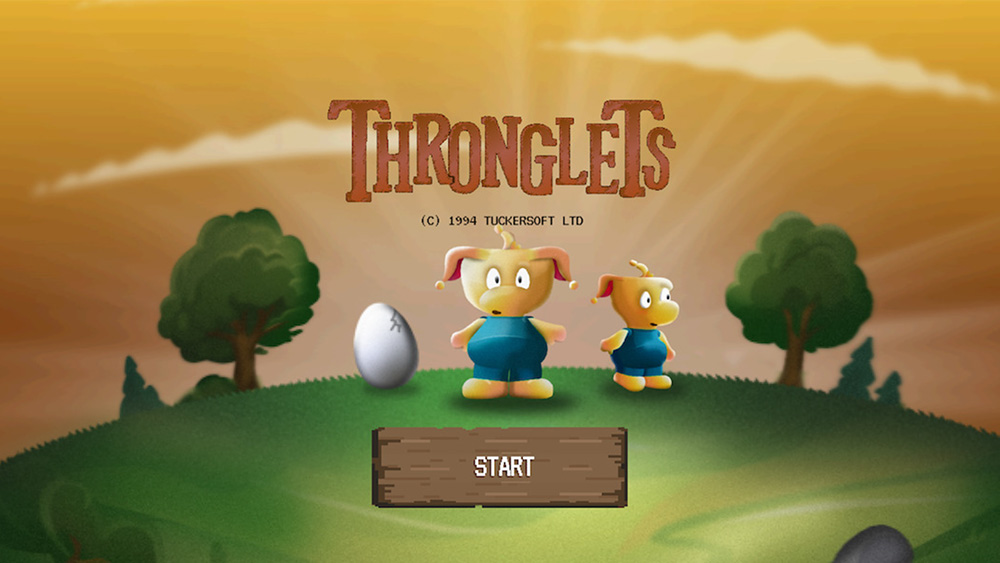How to become an artist if you're priced out of unafforable art schools
With fees on the increase, discover some top alternatives to mainstream art schools.
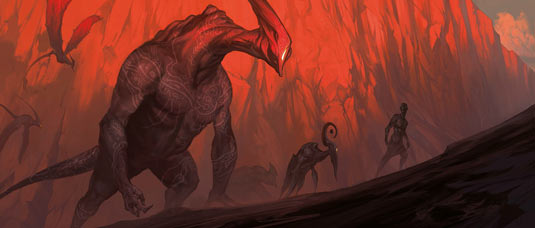
Those wishing to attend the Rhode Island School of Design (RISD) must complete its infamous "two drawing home test". On white paper – measuring exactly 16x20in – applicants are asked to reference a bicycle and then sketch one of the following: a made-up drawing instrument; a piece covering both sides of the sheet; or 11 related items drawn in a single day.
Pass and they're accepted into one of America's oldest colleges, a world-leading art school whose alumni include Shepard Fairey and Seth MacFarlane. But it comes at a price: more than a quarter of a million dollars. More than MIT. More than Harvard Law School. Just a few thousand shy, in fact, of Oxford and Cambridge combined.
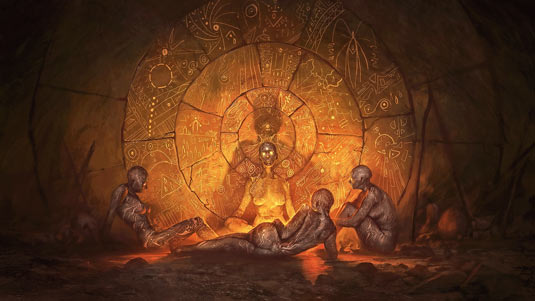
"Artists are neither doctors nor lawyers," Noah Bradley wrote in a recent blog post titled Don't Go to Art School. "We do not, on average, make six-figure salaries. We can make liveable salaries, certainly. Even comfortable salaries. But we ain't usually making a quarter-mil a year. An online debt repayment calculator recommends a salary exceeding $400,000 to pay off a RISD education within 10 years."
After graduating from RISD, Noah built a successful career as artist and art teacher. So why is he against others doing the same? "I got lucky," he says. "I was given a pile of scholarship money, and went to an in-state school with low tuition-to-graduate costs.
" I also happened to get to a professional level fast enough that I was able to graduate and freelance full-time immediately. The majority of students aren't half so lucky. They go to expensive schools and graduate without any job prospects. And while they could be spending the time working on their portfolios, most of them have to work insane hours just to keep up with their loan payments."
A global trend

Fees and living costs per year – as shown on RISD's website – total $63,434. That’s $253,736 for a typical four-year undergraduate degree programme. But it's not the only college with high costs. A recent report by the US Department of Education found over a third of the country's 25 most expensive colleges are art schools. It's a statistic mirrored around the world.
"I think it would take multiple lifetimes for most artist to be able to pay off art school fees with the wages from art jobs themselves," says recent art graduate Juliana Xavier. "It's not a fair trade."
Get the Creative Bloq Newsletter
Daily design news, reviews, how-tos and more, as picked by the editors.
I think it would take multiple lifetimes for most artist to be able to pay off art school fees
The Brazilian studied sequential art at the Savannah College of Art and Design in North Carolina. Despite leaving with a good degree and running her own webcomic she has struggled to find paid work. "I find it ridiculous that the most expensive schools turn out to be art colleges," she says.
"Although I absolutely loved my professors and learned a ton from them, I can't really say that was enough for the price we paid. Too often, I felt like I was paying to attend the school itself and not for my programme of study. If there had been a way to separate my course from the school, I think I would have gotten a lot more out of it."
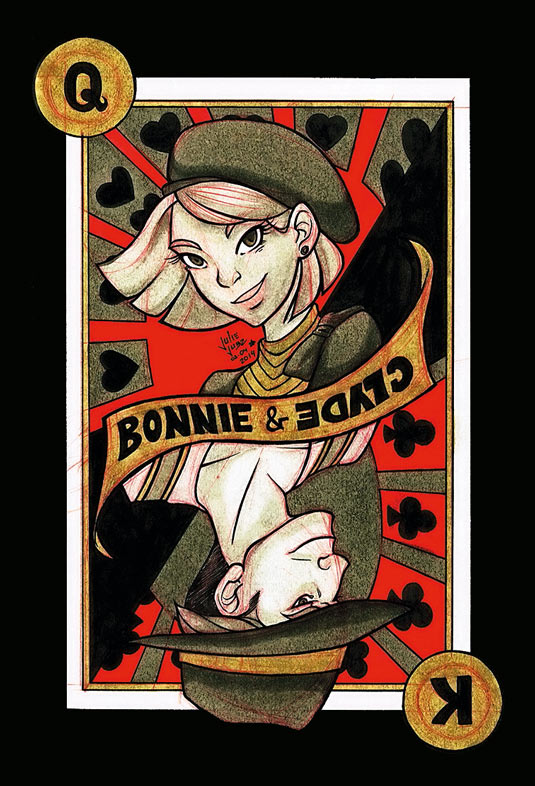
Concentrate on the work
"I look at the artists and students around me," Noah says. "The artists, whether they're professional or still trying to break through, are saddled with immense, crippling debt. The students are being led down this path towards debt, almost unaware that it's happening. Schools have the audacity to call loans 'financial aid'. It infuriates me."
Noah stresses you don't need to go to college to become an artist, and it's time students turned their backs on the traditional art school model. Work produced should be an artist's only concern. He's never needed to show his diploma to land a job.
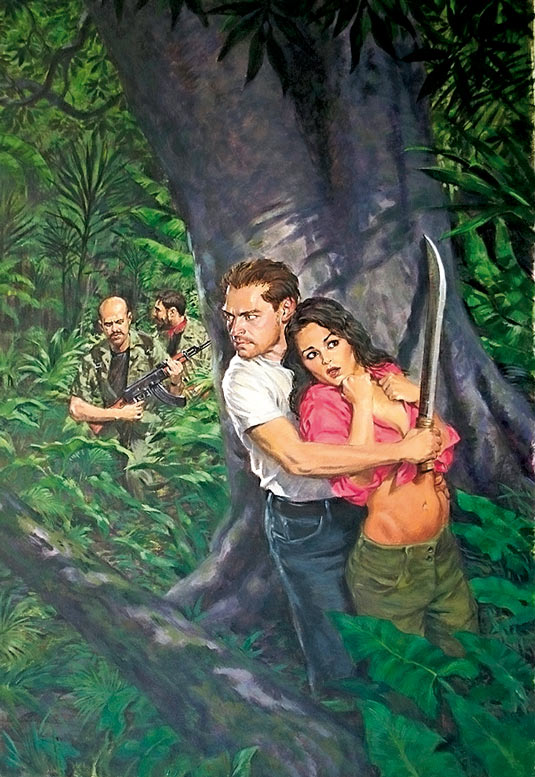
The American was moved to put together an alternative: The Ultimate $10k Art Education. It promotes a mixture of online and atelier learning. Noah has also set up his own back-to-basics art camp. It focuses on refining fundamental skills, which should give artists the tools needed to make a living from their work.
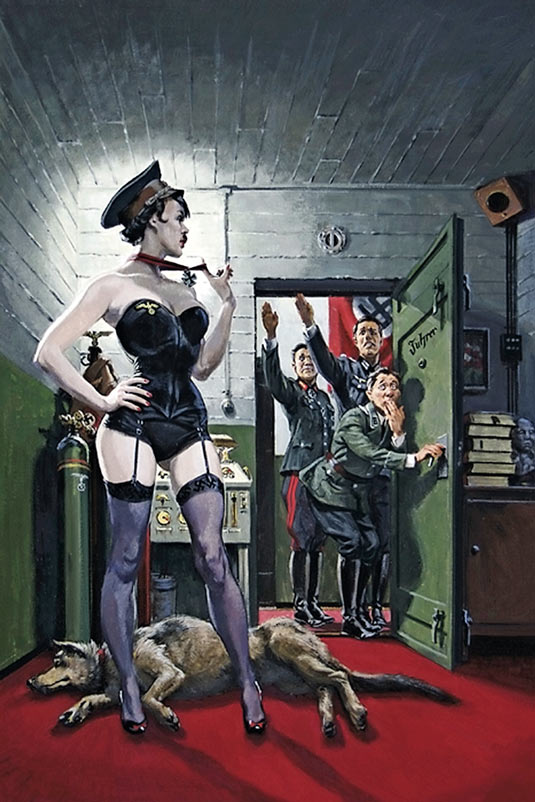
In-studio experience
San Francisco's Academy of Art University offers both on-site and online degrees in all its majors. It doesn't differentiate between the two and even offers hybrid degrees in which students take a mix of classes convenient to their schedules.
"The university," says Chuck Pyl, director of BFA illustration, "has a custom-built, online asynchronous learning environment, which is meant to replicate the in-studio experience: contact hours, work done and teacher-student interaction.
"Asynchronous means students in different time zones may post and get responses within any week's module content – the class session – without having to show up to a live conference on West Coast time. Teacher critiques are visible to the entire class, known as 'the wall crit'. so that everyone can learn from them."
Estimated expenses per year for an undergraduate, which are shown on the Academy of Art University's website, come to $22,086. That includes art supplies but not living costs. The system may be designed to save time, but it doesn't save money.

American artist Marshall Vandruff, who has over 30 years' teaching experience, is increasingly moving away from face-to-face seminars and towards online learning. "It’s a new world of students," he says, "and some have shown the quickest progress I've seen in over 30 years of classroom teaching.
"Teaching online is fun. Everyone has a front-row seat. Also, online classes attract students seeking skills over degrees. I love that vibe because it creates an involved atmosphere. I feel kinship with online students."
Marshall takes seminars on everything from anatomy to drapery, draftsmanship to artistic development. Rather than the all-encompassing approach adopted by many degree programmes, he says students should master skills that will prepare them for careers in their chosen fields. And the best way to do this is through a kind of bespoke, self-directed apprenticeship.

"Once you define your goals, choose teachers who will help you reach those goals," says Marshall. "Every profession is different: concept artists need more anatomy than cartoonists, who need lots of ideation training, for example. A self-learner can create a custom education."
"What about the camaraderie?" asks illustrator Erik Gist. "I gained as much from the other people in class as the class itself. I can't believe how accepting and encouraging the classroom environment was – and the healthy sense of competition that comes with it."
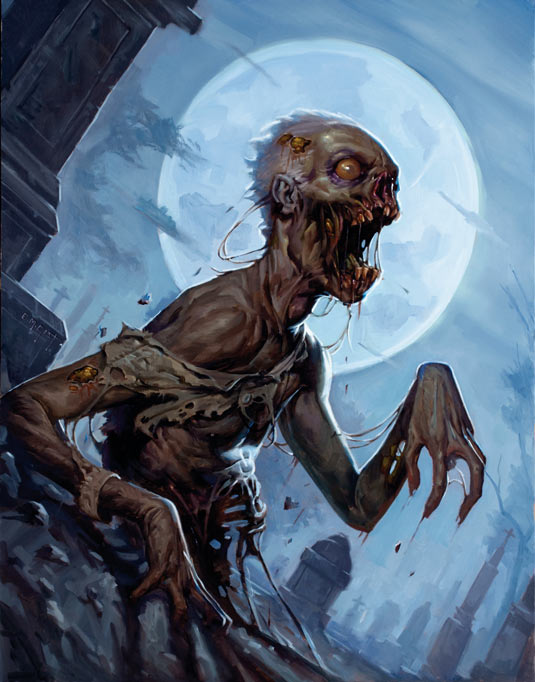
Erik is a former student at Watts Atelier of the Arts, where he now teaches. He says some face-to-face tuition is essential if he's to instruct students to the best of his abilities.
"It's very valuable," he says, "to be able to see the student at work. By only seeing the end result I'm stuck guessing at what causes the problem. Through experience, our instructors are very good at this 'guessing', but seeing the student work in real-time is immensely helpful."
Learn online and on-site

Classes at Watts start from $385 – online from $99. A Platinum Pass is $3,950 and offers unlimited classes. While Erik recommends fledgling artists find at least some time for classroom study, many skills can be learned and honed online.
This means a comprehensive programme of learning, tailored to an individual student's needs, can be put together a lot more cheaply than attending even a mid-range art school. Artists then have the best possible chance of making a career from their craft, without worrying about balancing the books and paying off debt accrued during studies.
"Our online programme is very affordable," Erik concludes. "And our brick-and-mortar school is equally affordable when compared to comparable programmes. Where our online school is most valuable is for those who are unable to relocate or as a guide for additional study for those who do take our face-to-face classes. Either way, it takes a special sort of person to stick with it day after day, week after week, year after year, with the kind of dedication becoming good at art requires."
How Noah Bradley thinks you should spend that cash...
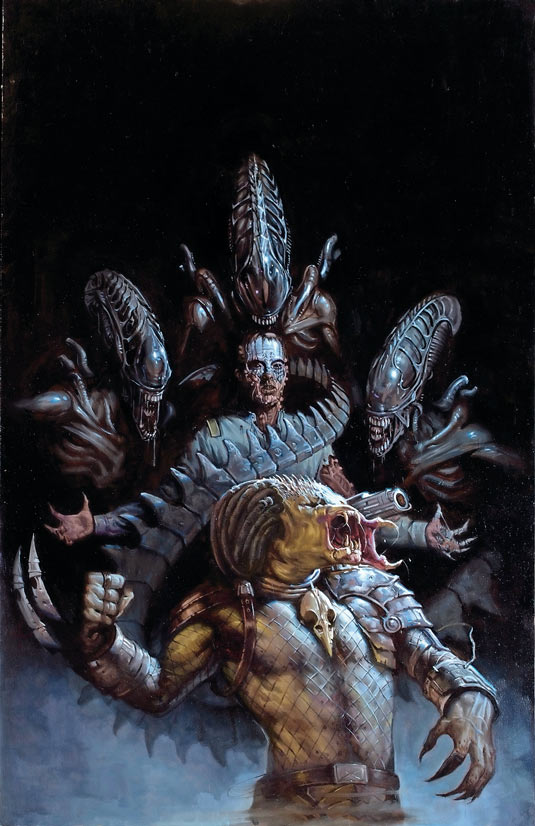
Noah Bradley believes you can make it as a successful artist for a fraction of the price of tradional art school. He shares his top tips on how to make it with just $10,000:
01. Take some classes
When you feel ready to get one-on-one guidance, sign up for a SmART School Mentorship ($2,500). Sign up for four classes (between $349-$799 each) from CGMA. Take weekly figure drawing sessions (say, $20 a week for 52 weeks equals $1,040). Look up nearby colleges and art groups and find a weekly session to attend.
02. Visit museums
Spend money visiting all the museums in your area ($500). Buy an annual subscription to The Gnomon Workshop ($500) and watch every single video. Buy Glenn Vilppu's Anatomy Lectures ($405) and watch all of them.
03. Buy and read these books
Art & Fear, The Art Spirit, Picture This: How Pictures Work, Imaginative Realism, Color and Light, Hawthorne on Painting, Alla Prima, Oil Painting Techniques and Materials, The Practice and Science of Drawing, Figure Drawing for All It's Worth ($190).
04. Study other things
Watch all of the keynotes on Jonathan Fields (free). Study things other than art. Suggested topics: business, history, philosophy, English, literature, marketing and anything else you might be interested in (free).
05. Join a forum
Sign up to an online forum (free) where you can give and receive critiques on the work that you're developing.
06. Buy materials
With the rest of the money, buy yourself some good art materials to create with. Whether digital or traditional, don't skimp
Noah Bradley runs a summer art camp aiming to make education accessible and affordable to the masses: www.artcamp.com
Words: Gary Evans
Like this? Try these...
- Legendary comic book illustrator reveals his inspiration
- Interview with comic legend Dave Gibbons
- 11 things they didn't teach you in design school

Thank you for reading 5 articles this month* Join now for unlimited access
Enjoy your first month for just £1 / $1 / €1
*Read 5 free articles per month without a subscription

Join now for unlimited access
Try first month for just £1 / $1 / €1

The Creative Bloq team is made up of a group of design fans, and has changed and evolved since Creative Bloq began back in 2012. The current website team consists of eight full-time members of staff: Editor Georgia Coggan, Deputy Editor Rosie Hilder, Ecommerce Editor Beren Neale, Senior News Editor Daniel Piper, Editor, Digital Art and 3D Ian Dean, Tech Reviews Editor Erlingur Einarsson, Ecommerce Writer Beth Nicholls and Staff Writer Natalie Fear, as well as a roster of freelancers from around the world. The ImagineFX magazine team also pitch in, ensuring that content from leading digital art publication ImagineFX is represented on Creative Bloq.
